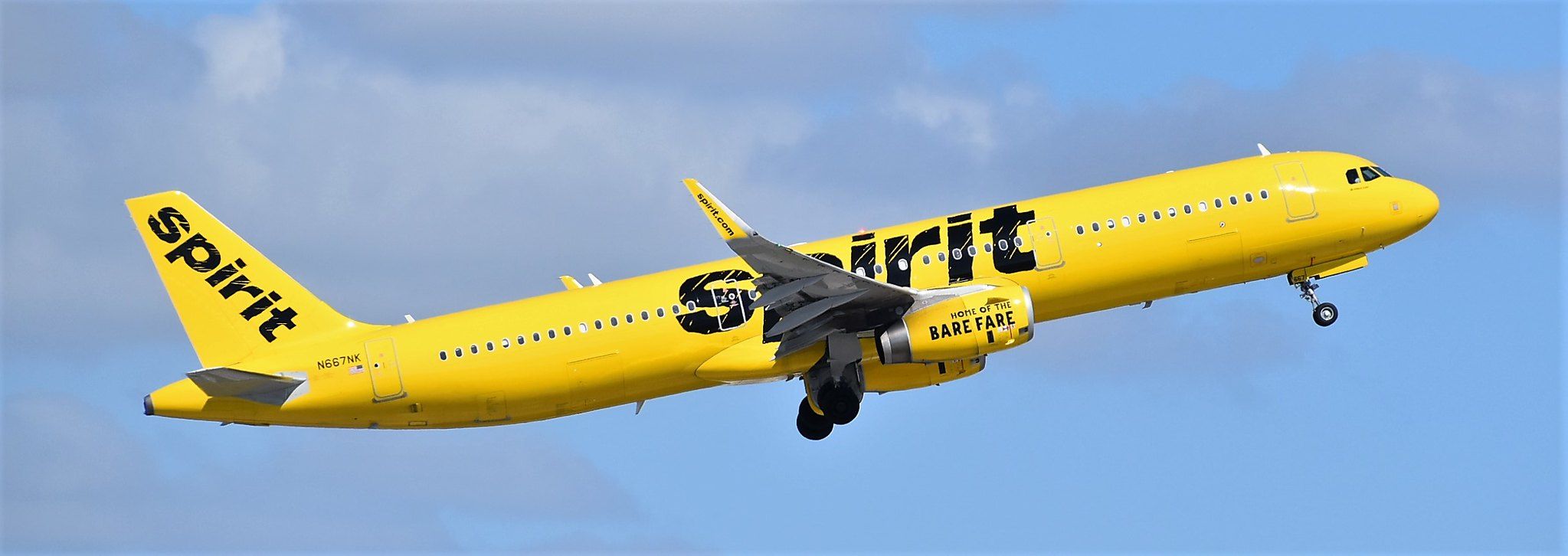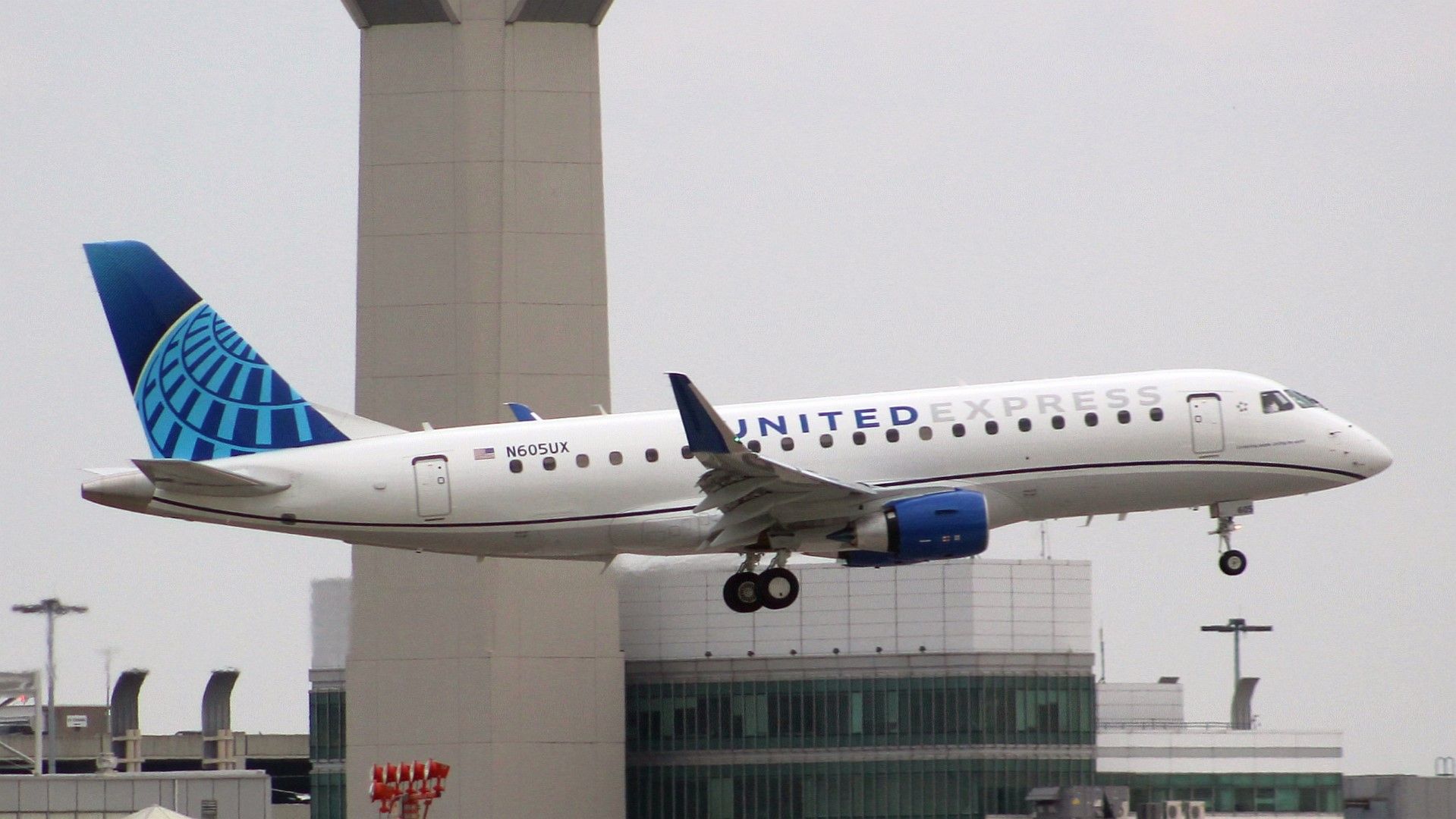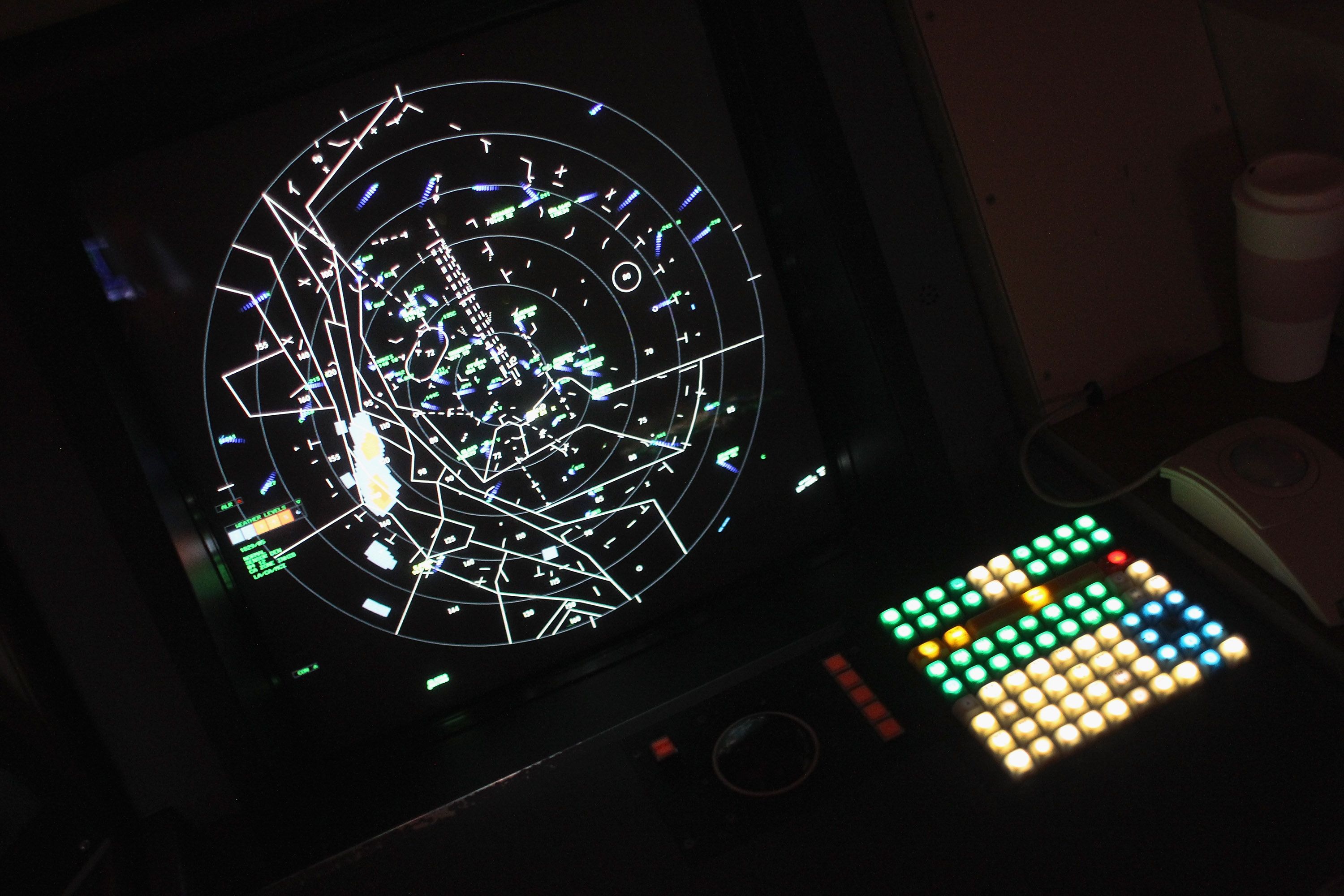Spirit Airlines has alleged that Jacksonville Air Traffic Control Center staffing levels are a bottleneck to the airline's full recovery of service to the US state of Florida. Matt Klein, the Spirit Airlines Chief Commercial Officer, even went so far as to comment on the Spirit Airlines Second Quarter 2022 earnings call,
While we are seeing good revenue results from the network changes we've made, we are still constrained on the number of flights we can operate to the Jacksonville air traffic control center. To put this in context, Florida to the continental US accounts for about 40% of our network. If this constraint did not exist, Florida to the continental US would likely be closer to 50% of our network.
As a result, Spirit Airlines (even with the likely upcoming acquisition by JetBlue) is having financial problems. In fact, Spirit Airlines for the 2nd uarter of 2022, had a net loss of $52.4 million.
United Airlines CEO and National Air Traffic Controllers Association are also concerned
Photo: Raymond Wambsgans via Flickr
Spirit Airlines is not alone in this concern. United Airlines CEO Scott Kirby made comments generally about the US air traffic control system on a July 11th “Inside the Bubble” podcast with Andy Slavitt. Kirby claimed,
We can’t fly our full schedules because the air traffic control system cannot support the number of flights that existed before. … In the last four months, we estimate 75% of our cancellations were for FAA-mandated delay programs.
Rich Santa, leader of the National Air Traffic Controllers Association, has also publicly complained. According to a July 26 Reuters report, Santa spoke in Washington DC about the Jacksonville Center’s staffing of only 205 certified air traffic controllers and as of late July 2022 50 trainees versus a need for 275 air traffic controllers. Santa nonetheless said other reasons for operational impacts in that area come from more commercial space launches, extreme weather events and airline operational challenges.
The work of the Jacksonville Air Traffic Control Center
Photo: John Moore/Getty Images
According to the Federal Aviation Administration (FAA) webpage about the Jacksonville Air Traffic Control Center, the center helps control aircraft mid-flight from sea level to 60,000 feet above sea level. This is versus approach centers that handle air traffic fifty miles or closer to an airport as aircraft arrive or depart as Simple Flying profiled. The center does though overlay twenty military airports and about 225 civilian airports, with airlines representing about 50 % of demand, 30 % to general aviation and 20 % military flight operations.
Air traffic controllers work as a team to prevent midair collisions, warn of potential weather events and other hazards, and when necessary help coordinate emergency response. For the center, there is a radar controller who talks to the pilots and manages a sector of the airspace. There is a radar associate controller who reads flight plans, warns of potential airspace conflicts, and coordinates with other air traffic controllers. Sometimes a tracker is also assigned during periods of high air traffic to help.
Working in air traffic control requires about two and a half years of training to become qualified. Even when qualified, an air traffic controller must participate in refresher training.
Do you think Spirit Airlines’ complaint is substantiated? Let us know in the comments.
Sources: Federal Aviation Administration, July 11, 2022 In the Bubble, July 26, 2022 Reuters



